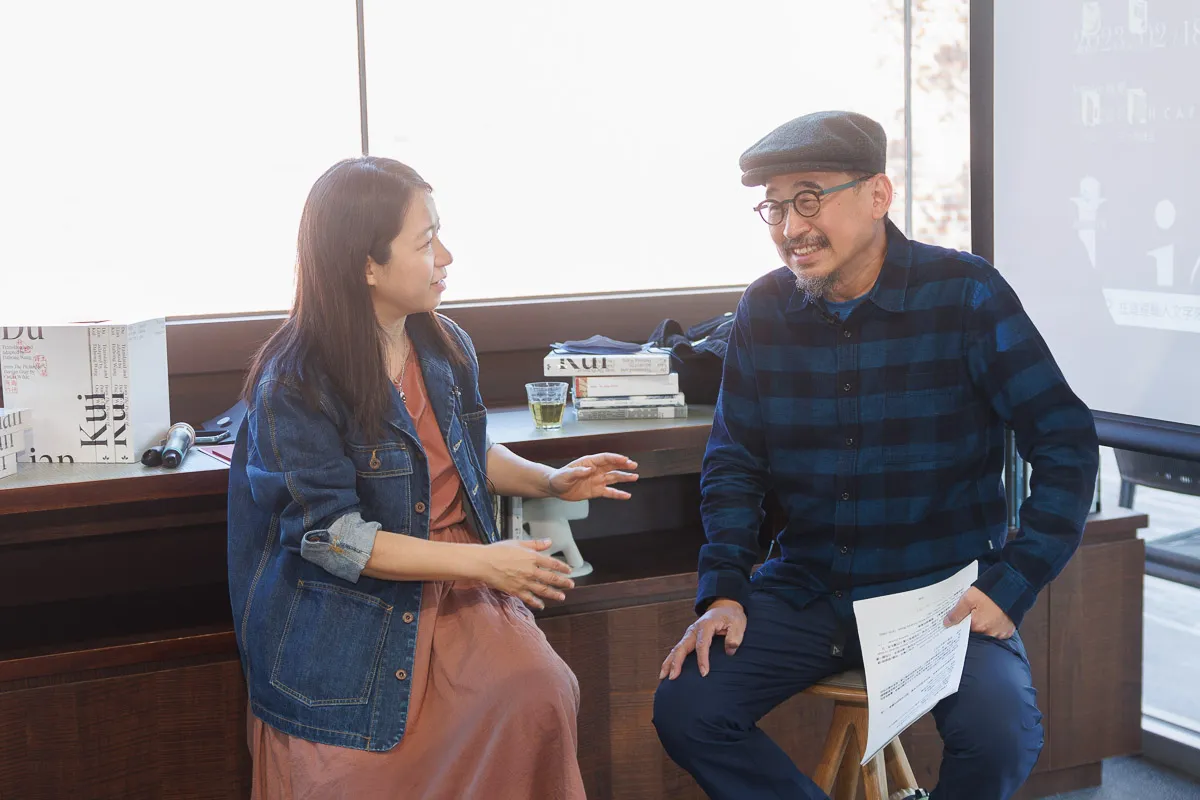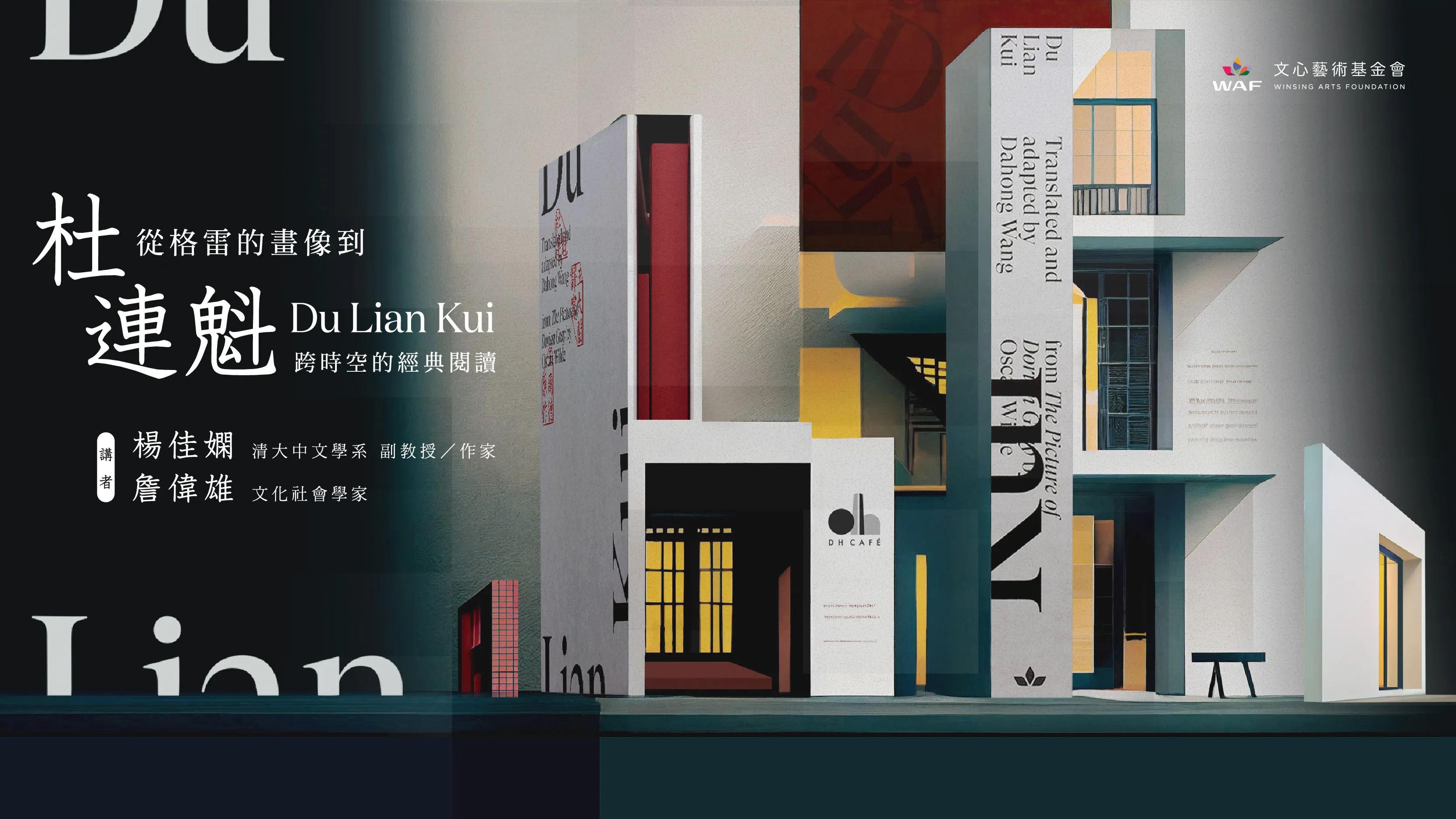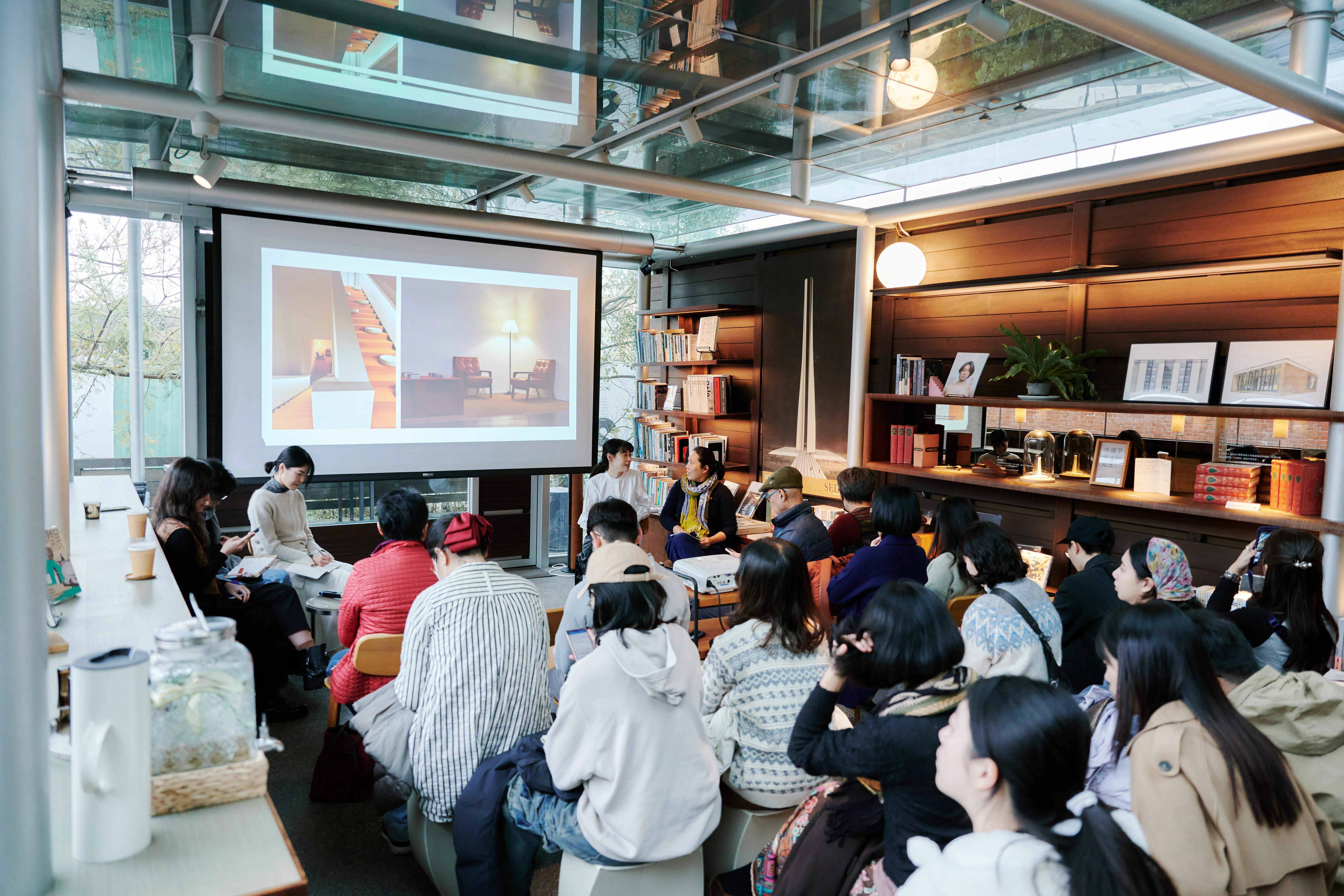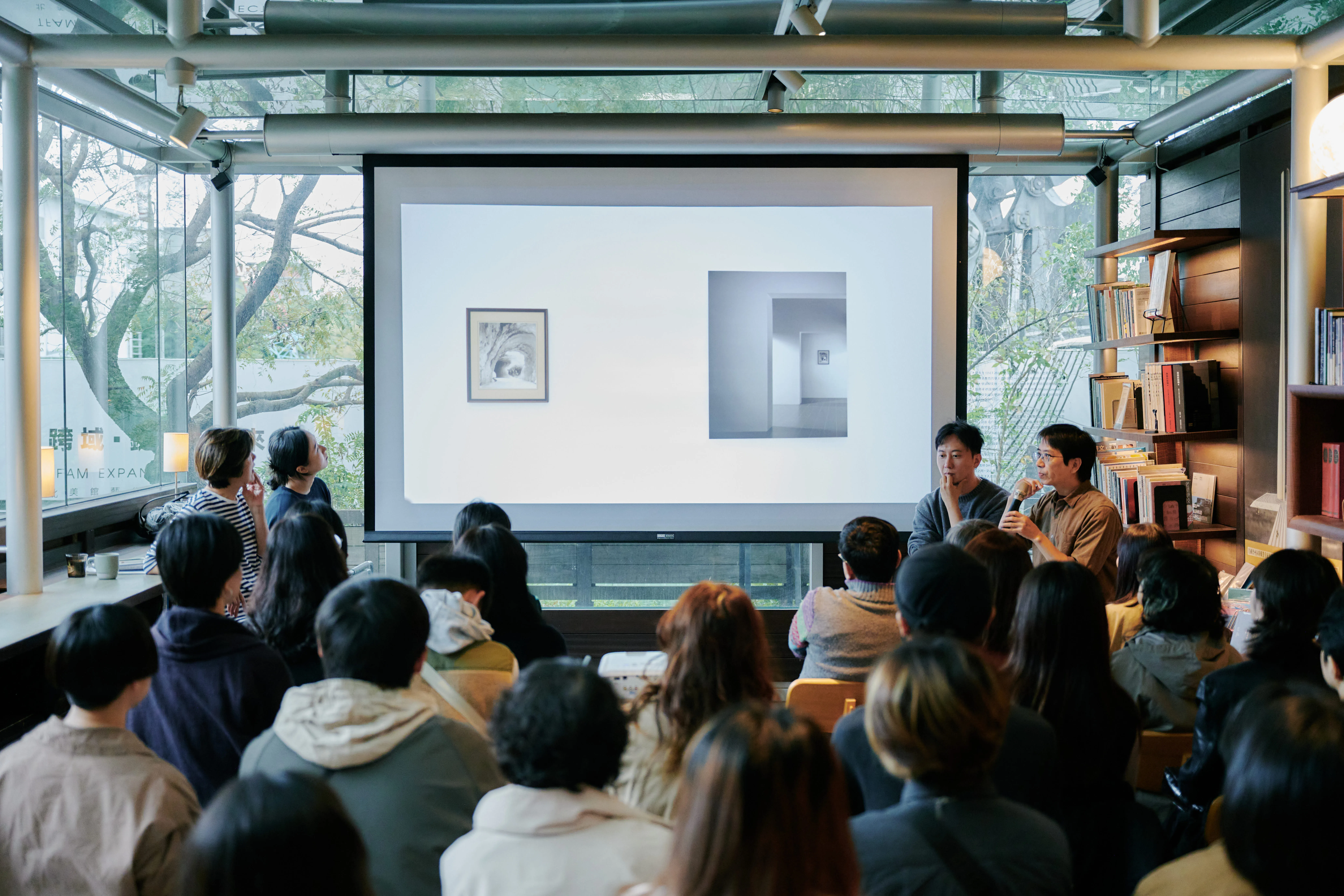
Chimera Literary Salon| From The Picture of Dorian Gray to Du Lian Kui—Reading a Timeless Classic
Speakers
Yang Jia-han, Associate Professor/Writer, Department of Chinese Literature, National Tsinghua University
Zhan Wai Hung Cultural Sociologist
locations
Wang Daishui Shuxuan (No. 153, Section 3, Zhongshan North Road, Zhongshan District, Taipei City)
fees
$100 (discount on purchase of books or drinks)
Event Content
Wang Daizhi, the first generation of Taiwanese architect after the war, presented Wilde's classic novel “The Portrait of Gray” with ten years of light (The Picture of Dorian Gray) The scene is moved from Victorian London to Taipei in the 1970s and translated into Dulienqui, which belongs to his era. Through the transformation of time, Wang Daei not only allows us to see a common fable about humanity, but also buried its aesthetic thoughts and observations of Taipei in the plot of the novel. In 2021, a new production was produced by the Wen Shin Art Foundation, curated by the Wen Shin Art Foundation, in collaboration with the Wang Daishi Architectural Research and Preservation Society.
The series of lectures in the book opens with a conversation between Yang Jia-han (Associate Professor/Writer, Department of Chinese Literature, National Tsinghua University) and Zhan Wai-Hung (Cultural Sociologist). Analyzed from the perspective of literary observation by Teacher Yang Jia-han, introduces Du Lianqui to present-day Taiwan, and discusses reading classic works for modern reading The meaning of the author; at the same time, through the work of Mr. Wang Daei's thoughts on the times, and Mr. Zhan Wai Hung's personal experience with his interviews in the 1990s, brings everyone “closer to Wang Dai Yin” from a perspective beyond architecture.
From classical literature one can read into another world and reflect on the present through an understanding of what is in it. In Taiwan's society, where individualized feelings are valued, I hope that readers will be able to gain a different sense of life after reading Dulienqui, and learn to open up their senses and perceive the world with their bodies.
Event Review
The architect King Dao (1918-2018) and the writer Oscar Wilde (1854-1900), both men of different eras had similar attachments to life and life. Inspired by the world of the senses, they are all self-fashioning with a lifetime of self-fashioning to become contemporary creatives, thereby pushing the boundaries of life and pursuing a determined self-will. Based on Wang Dao's novel Dulhanqui and its translation of Wilde's The Portrait of Gray, the two works are full of deep connotations and cultural meanings that emphasize the existence of the soul and have a different interpretation of “pleasure” than the mundane — it is an art that is about detail, taste, and teaches people Live in the moment of life. Higher-level protagonists experience life as much as possible to enhance the importance of self-existence through the amplified, attuned sense of truth in the senses. The novel provides a way for readers to shape themselves: to know themselves, to explore the world in their own way, to know where they came from, and to slowly figure out where they are going in the process of self-education; Wang Dao reveals through the frankness revealed in the text, his intense curiosity and reflection on life, to read The one who has the courage to open his senses to face this world, to be a person who can live for his own life and not the trajectory set by others.












